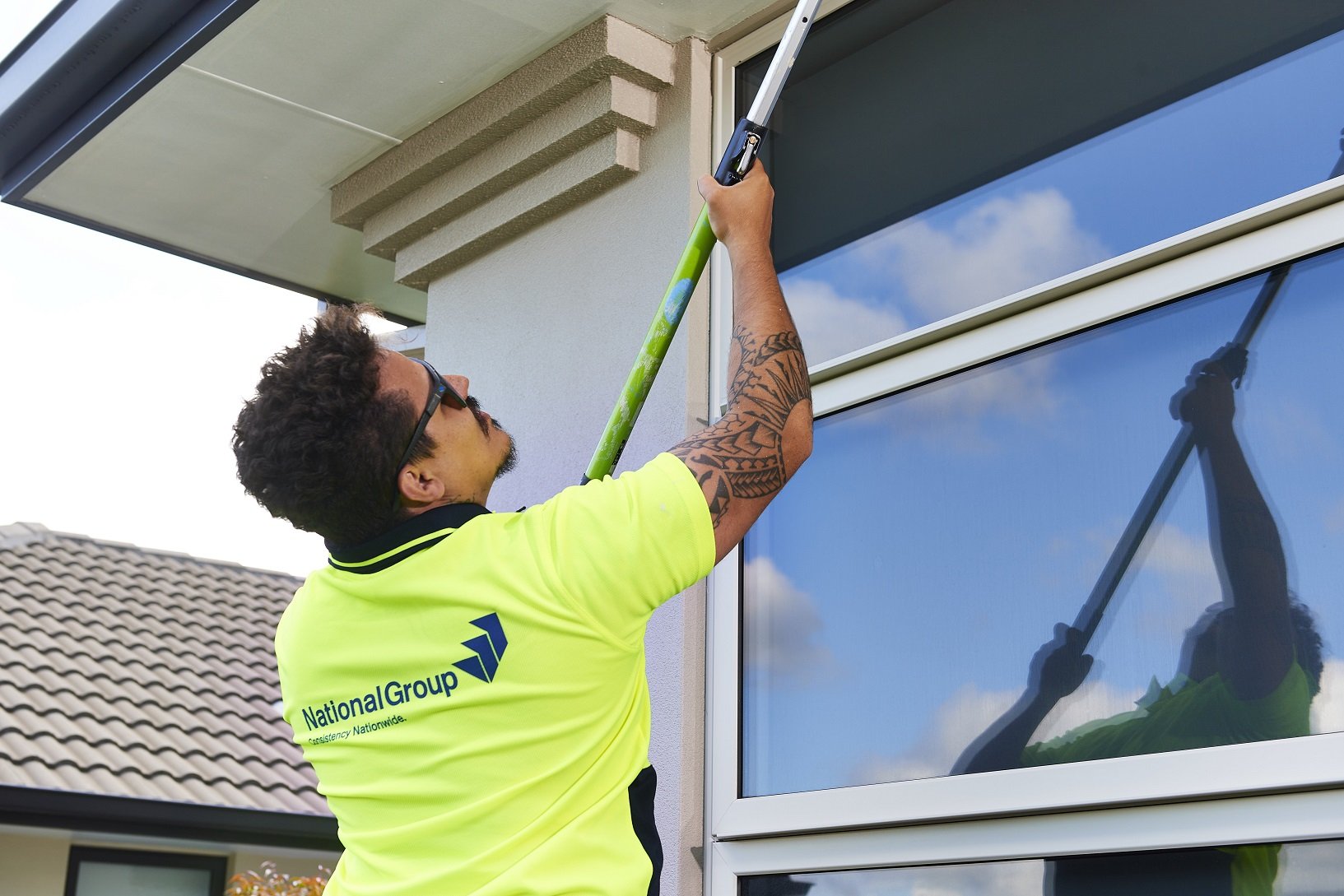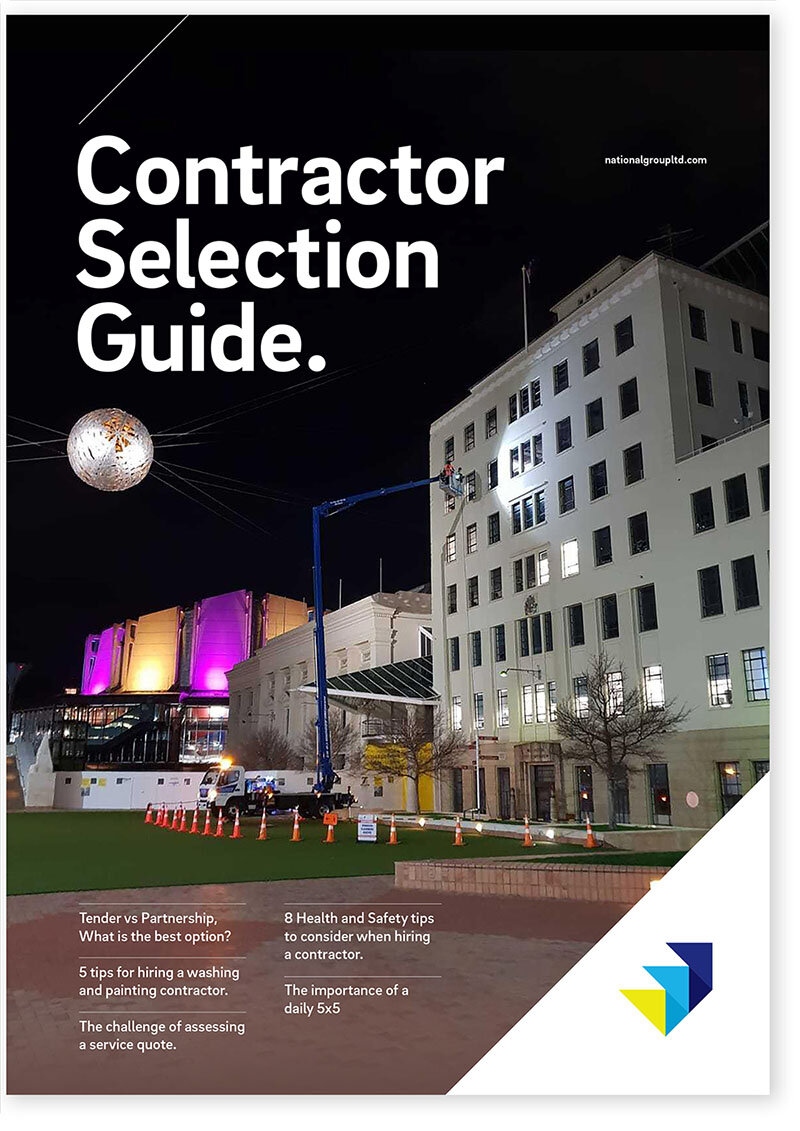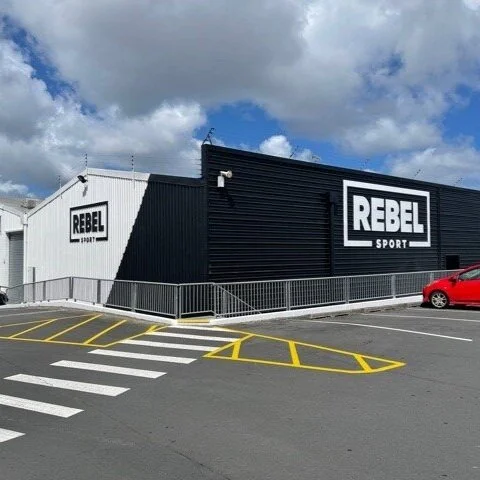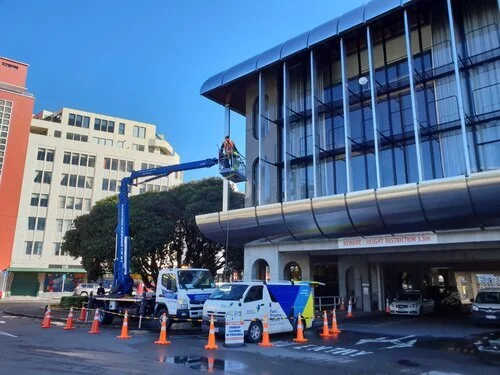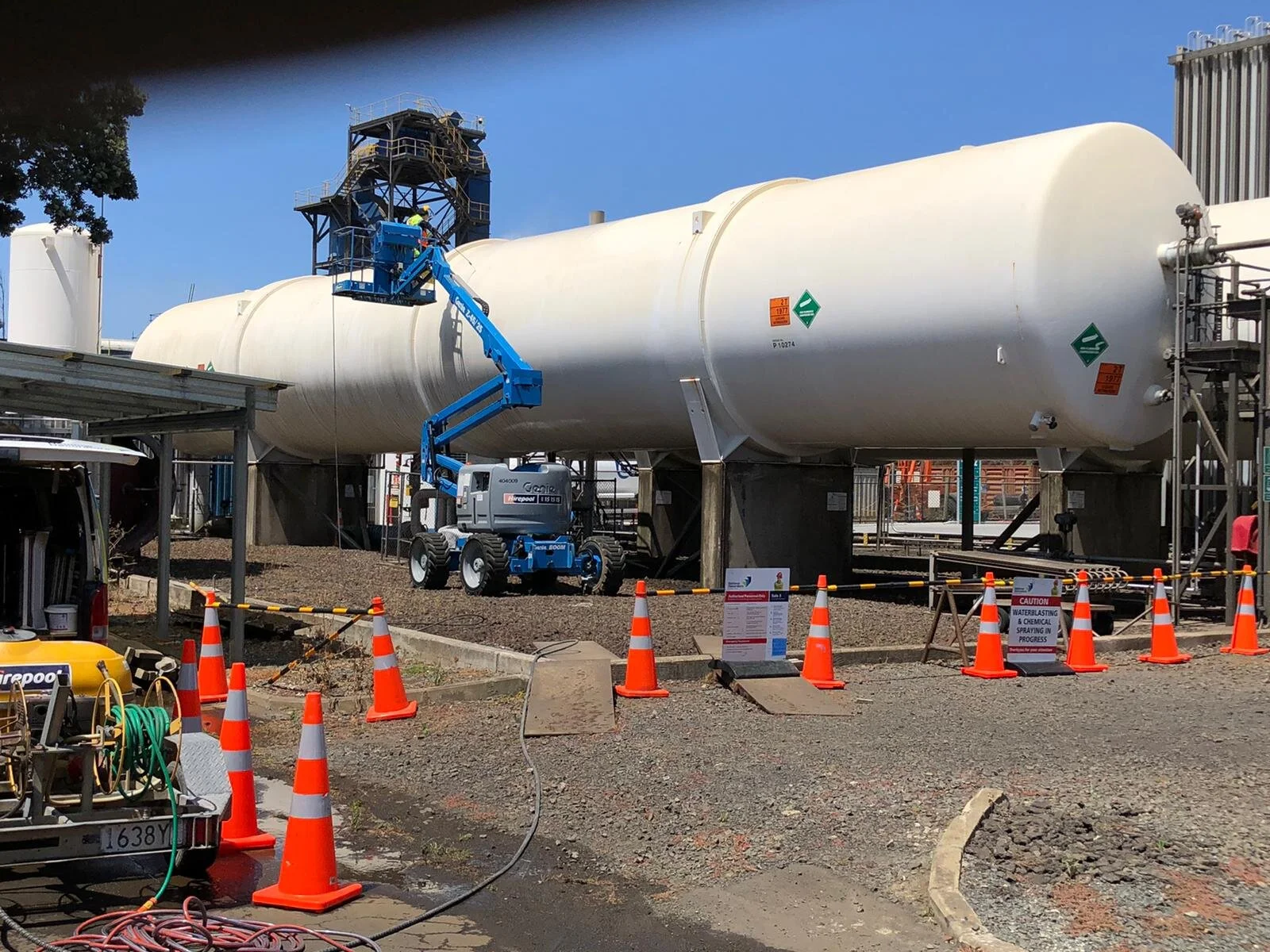How to create a simple paint maintenance plan
Maintaining painted surfaces has many benefits for organisations however it can often be overlooked and put in the too hard basket. The key to developing a great paint maintenance plan is keeping it simple and also flexible. Remember, things change and you probably don’t want to be locked into an unwanted maintenance programme for years to come.
Some quick steps to set you on your way:
Take stock
What is the scope of your plan? Do you want all your properties on the plan? Will you include roofs and interiors, or perhaps just building exteriors? Having a clear objective from the outset will save you lots of time in the following stages and mean your maintenance plan is relevant and useful. Break your property into logical bite size chunks that will make sense in the future- remember too small will over complicate the plan and too large will make the plan too generic.
Rate buildings & areas
Once you have the properties broken into logical areas, then you need to start rating them objectively using some pre-set criteria. You will need to choose which ‘elements’ you will assess your property on and we recommend grouping the elements that wear at a similar rate. For example on an old school building, we recommend assessing the following groups of elements;
Roof surfaces
Wall surfaces
Windows, fascia’s and trim
Doors and frames
By keeping this objective you remove the risk of skewing data by favouring some areas over others. Also this allows you to set your standards for the properties in conjunction with your budget- if there isn’t necessary funding you may choose to lower the standard. Some good rating criteria are as follows;
1) Perfect- Coating showing no signs of wear
2) Good- Coating showing light signs of wear
3) Average- Coating showing definite signs of wear
4) Poor- Substrate damage imminent
5) Extremely poor- Substrate damage already present
We recommend a simple spreadsheet with each location on a separate tab.
Prioritise
Now that you have the raw data collected from the site, it’s time to break this into some priorities for each year moving forward. It is important at this point to decide what standard your organisation will adopt. If you are a 6 Star Hotel you will likely have a minimum standard of 2, however a cash strapped fuel station may be happy with a standard of 5. Whatever your organisations’ standard is, tabulate the data into relevant years to provide a schedule of works for each year into the future.
Budget
Having a clear budget ahead is critical to a healthy cashflow and a happy manager! By accurately projecting out future costs, you gain confidence from management and regular maintenance expenditure is easier to obtain.
To get accurate costs, you can go back across earlier invoices for similar work and prorate that against the buildings and areas. Be careful with this method as while buildings may look comparable to you, a contractor may see it otherwise! A better method is to ask a reliable contractor to provide you with some budgetary figures for the work in each year, which will give you a much more accurate idea of the real costs ahead.
With whatever method you use, be sure to factor in for inflation each year ahead. Typically 1 or 2 percent on average covers this but check on the Reserve Bank inflation calculator here. http://www.rbnz.govt.nz/monetary-policy/inflation-calculator
Take action
Even the best plan is worthless without action. We recommend that you create some form of trigger to make your plan happen. This could be having it as a standard agenda item at the quarterly board meeting, or as an objective on your performance review. Another way is to partner with a proactive contractor who will trigger the action on a regular basis (They have a vested interest to ensure it happens). Either way, taking action on a regular basis will break a large task into manageable bite size chunks.
Review
Finally, the first years’ work is done and you are ready to hang up the pouch. Not quite…regular review of your plan is a vital component to keeping it alive and relevant. As the story goes, spacecraft adjust their direction thousands of times before they reach the Moon and your plan needs to be the same.
We recommend that at the end of each maintenance cycle you do a simple review of the plan ahead. This shouldn’t take too long and if you have a willing contractor, they will be able to apply their expertise to the process and do it for you. While the first 1 or 2 cycles may not change much, subsequent cycles may change dramatically when priorities shift.
Ready to discuss your project? Drop us a call on 0800 15 15 30 for a chat.

